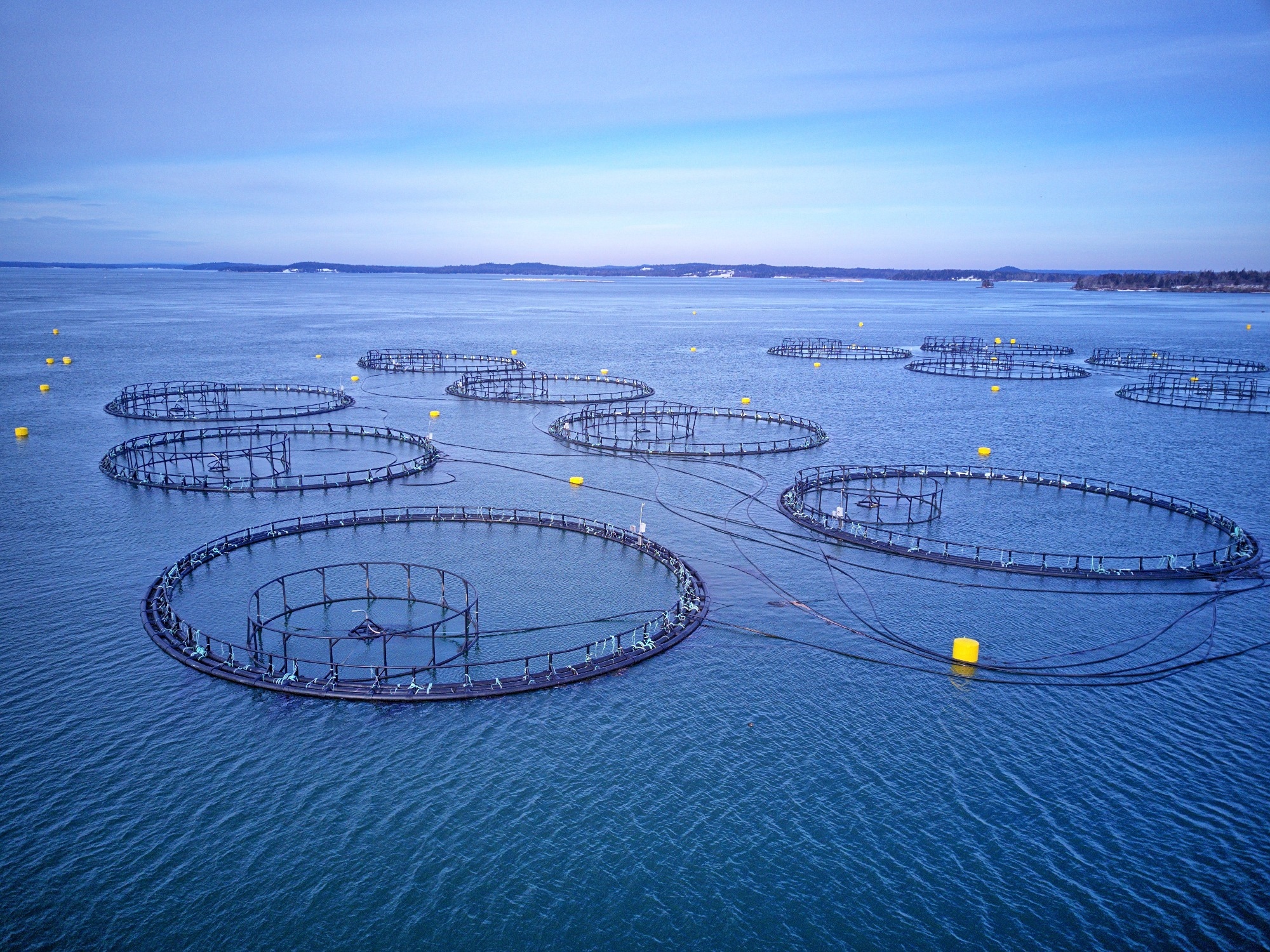In today's rapidly evolving world, the integration of advanced technologies like artificial intelligence (AI), Internet of Things (IoT), and cloud computing has opened up new possibilities in various industries. One such field that has witnessed significant advancements is fish farming, also known as aquaculture. The combination of AIoT and digital twin technology has the potential to revolutionize aquaculture by creating an intelligent fish farming system. An article published in the journal Smart Agricultural Technology explored the integration of digital twin infrastructure and AIoT in fish farming, highlighting the benefits and implications for the industry.
Data collection and cloud computing
To enable intelligent fish farming, a robust data collection system is essential. Smart devices, sensors, and actuators are deployed in aquaculture farms to collect real-time data on fish behavior, water quality parameters, and underwater images. The collected data is transmitted to the cloud for further analysis using big data analytics. Cloud computing plays a crucial role in storing, processing, and analyzing the vast amount of data collected. It acts as a middleware, facilitating the management of interconnected devices, sensors, and applications. By leveraging machine learning, data mining, and deep learning algorithms, the cloud architecture transforms raw data into meaningful information for intelligent decision-making and farm management.
 Study: Smart Seas: Revolutionizing Aquaculture with AIoT and Digital Twin-Based Intelligent Fish Farming. Image Credit: leo w kowal /Shutterstock
Study: Smart Seas: Revolutionizing Aquaculture with AIoT and Digital Twin-Based Intelligent Fish Farming. Image Credit: leo w kowal /Shutterstock
Digital twin services with AI functionalities
The digital twin infrastructure in intelligent fish farming encompasses various services that integrate AI functionalities.
Fish feeding management
AI optimizes fish feed, reduces feeding costs, and prevents water pollution. The system monitors water quality, estimates fish size and weight, and adjusts feeding rates accordingly. Machine learning and deep learning models assess fish behavior, feeding intensity, and growth predictions.
Fish metric estimation
This service focuses on approximating fish size and weight using camera sensors. Deep learning techniques are employed to detect and segment fish from video segments, allowing for accurate estimation of fish metrics. The system can also provide fish count, species detection, and grading information.
Monitoring in digital twin-based fish farming
A digital twin-based system for intelligent fish farming focuses on aquaculture environment monitoring, water quality assessment, and fish health analysis. The system detects net cage holes and green algae accumulation, enabling preventive measures. Real-time water quality monitoring predicts conditions and provides early warnings. Fish health analysis identifies irregular movements, aiding prompt intervention. The digital twin interface allows user access through PCs and mobile devices, providing a dashboard for information and data visualization. Enhancing monitoring and analysis capabilities, this system promotes optimized farm management and sustainable aquaculture practices.
Aquaculture environment monitoring
Water quality monitoring and prediction, net hole detection, and green algae detection are key aspects of aquaculture environment monitoring. The system analyzes water quality data and video images to assess the current state of the aquaculture environment. It detects abnormalities, such as net holes and excessive algae, and sends alerts to prevent fish health risks and facilitate timely interventions.
Fish health monitoring
Video segments are used to monitor fish behavior and detect signs of illness. Machine learning algorithms analyze fish vitality and abnormal behavior, providing insights into fish health conditions. The system enables fish disease prediction, fish survival rate estimation, and timely interventions.
Implications and future works
Integrating AIoT and digital twin technology in aquaculture offers significant implications for the industry. It enables real-time and remote monitoring of fish farms, automated decision-making, precise fish health assessment, and efficient resource utilization. By leveraging advanced analytics, the system can predict fish behavior, optimize feeding strategies, and enhance overall farm productivity. However, further research is needed to refine the system, explore additional applications, and address any challenges that may arise during implementation. Future work includes implementing autonomous drones and augmented reality for additional surveillance and complete decision-support system integration for intelligent data-driven decision-making.
Conclusion
The digital transformation of aquaculture through the integration of AIoT and digital twin technology marks a significant milestone in fish farming. Intelligent fish farming systems empower farmers with real-time monitoring, predictive analytics, and efficient resource management. By leveraging the power of AI, IoT, and cloud computing, the industry can achieve enhanced productivity, sustainable practices, and improved food security.
The integration of AIoT and digital twin technology holds promise for the future of aquaculture, enabling farmers to overcome challenges, optimize operations, and contribute to global food production while preserving natural resources. As technology continues to evolve, the industry can embrace these advancements to meet the increasing demand for seafood and ensure the long-term sustainability and productivity of aquaculture. By adopting intelligent fish farming practices, we can create a more efficient and environmentally friendly approach to meet the world's growing need for seafood. With continued research and development, integrating AIoT and digital twin technology can make the aquaculture industry more resilient, productive, and sustainable than ever before.